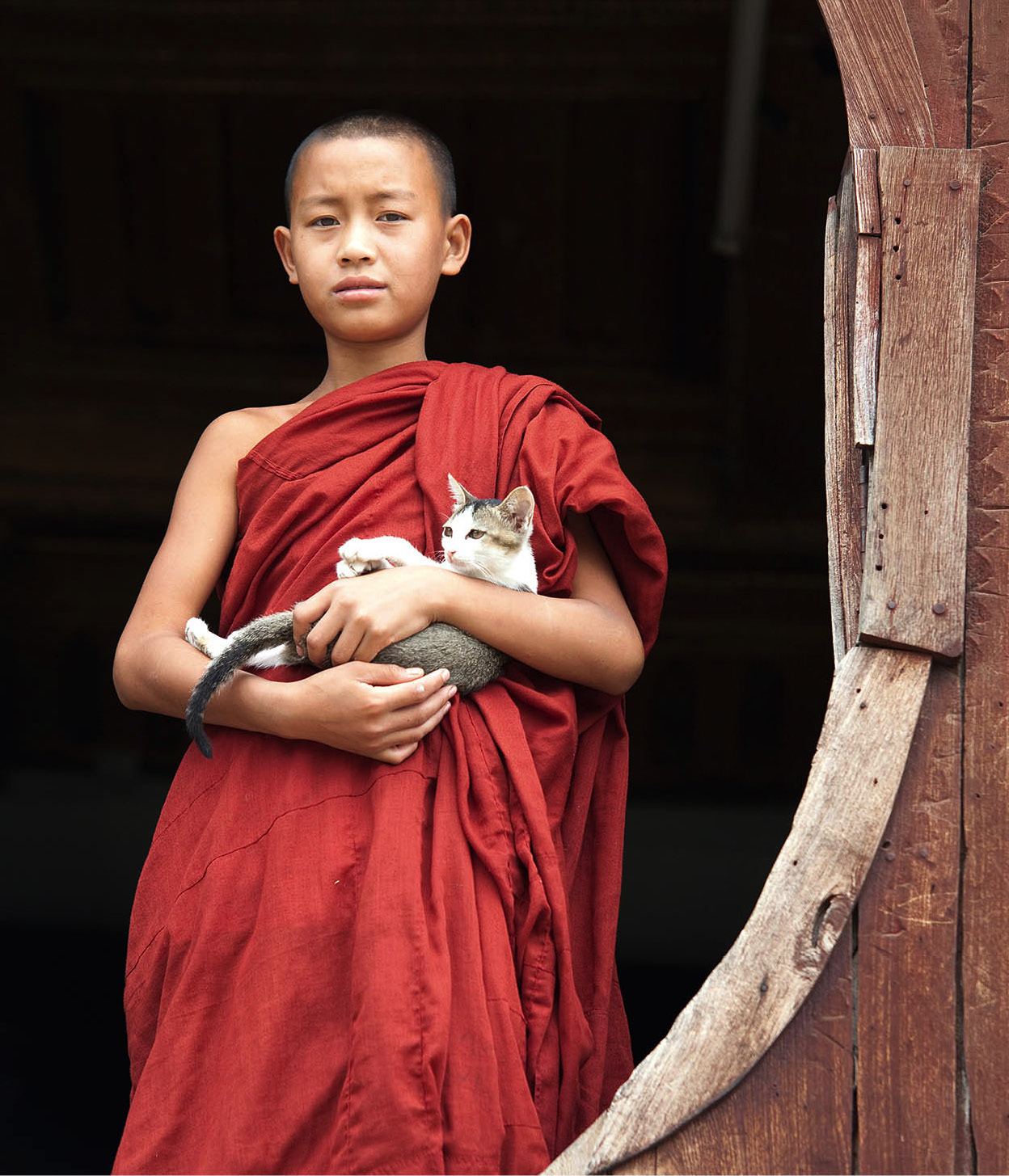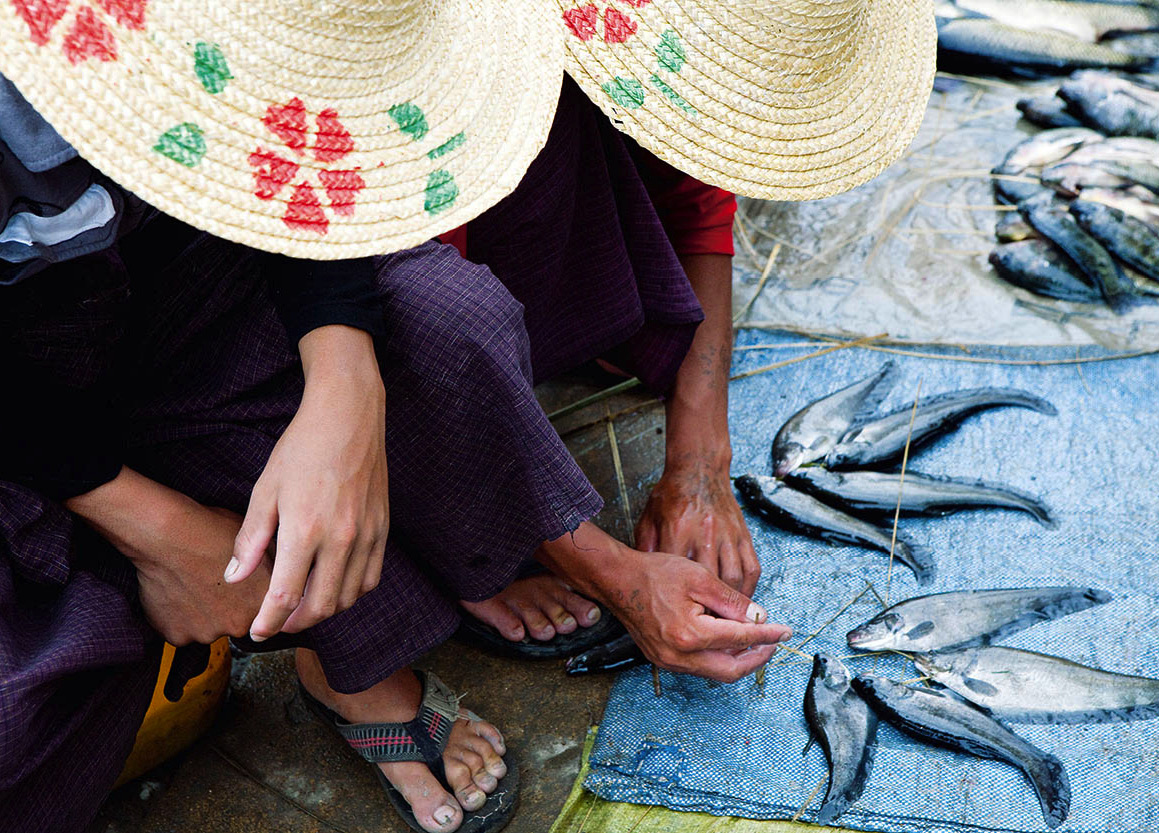The image of an Intha fisherman standing at the stern of a flat-bottomed canoe, rowing with one leg past a backdrop of mist-shrouded mountains over the shimmering waters of Inle Lake is one of Myanmar’s most iconic. With its idyllic stilted villages, ancient stupa complexes and fabulous backdrop of green hills, Inle is the top attraction of Shan State, in the country’s hilly northeast. But the region holds plenty of other compelling destinations, many of them in areas only recently opened to tourists.

Statue detail, Indein Paya, Inle Lake region.
Corrie Wingate/Apa Publications
In the forest hills due west of Inle, Kalaw, a former British hill station, is visited primarily by travellers wishing to make treks into the tribal areas surrounding it. The most popular routes wind east to the lake, through pine forests and a fertile belt that’s intensively farmed by a variety of colourfully dressed minority groups. Another popular trail works its way 110km (70 miles) northwest to the fabulous Pindaya Cave, with its thousands of carved Buddha images. An alternative trekking hub is the market town of Hsipaw in the Nam Tu Valley, to the northeast of Pyin U-Lwin. The choice of accommodation is more limited here, but the tribal villages nestled in the surrounding countryside see correspondingly fewer visitors.
Shan is Myanmar’s largest state, extending west as well as east from its administrative capital, Taunggyi, for 350km (220 miles) to Laos and the notorious “Golden Triangle” of the opium trade; nearly as far north to the Burma Road and the Chinese border; and south a lesser distance to the tribal states of the Kayah and Kayin (Karen). This is largely a region of high, roadless peaks, of rugged river gorges and fiercely independent tribes-people who until recently were locked in a war with the Burmese government.

A novice monk cradles a kitten at Shweyan Pyay Monastery.
Corrie Wingate/Apa Publications
North of Shan and Kayah states is Kachin State, which has slowly opened to foreigners. Foremost among its attractions is the week-long trip down the Ayeyarwady from the towns of Myitkyina or Bhamo, which can be covered on occasional government ferries or on one of the handful of luxury cruises that operate on this relatively unfrequented stretch. Home to colourful tribal groups, Kachin State’s Indawgyi Lake, the largest in Myanmar, is breathtaking, as are its snowcapped mountain ranges in the far north around the town of Putao, near the border with India.
The state is also an important source of Burmese jade, which has long enthralled gem merchants far and wide.

Eyes down over the goods at Nampam market.
Corrie Wingate/Apa Publications